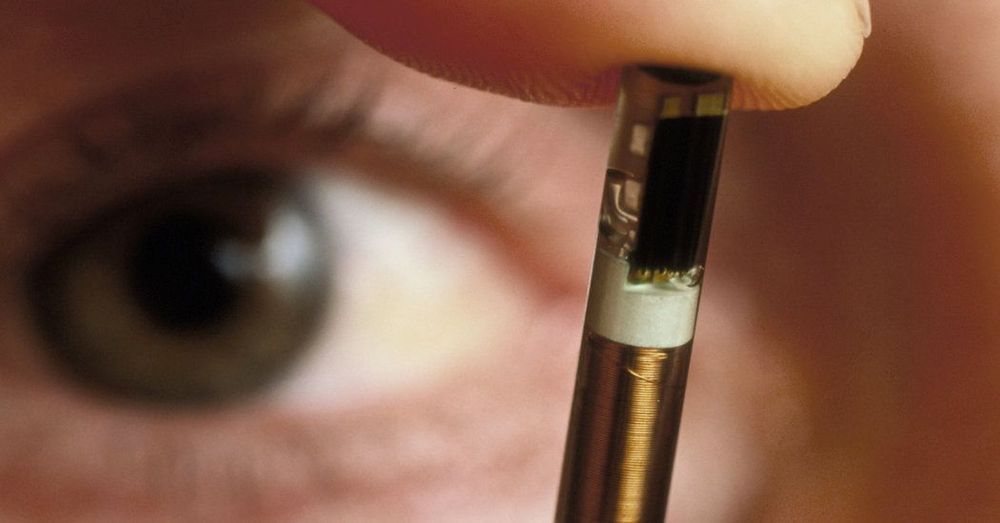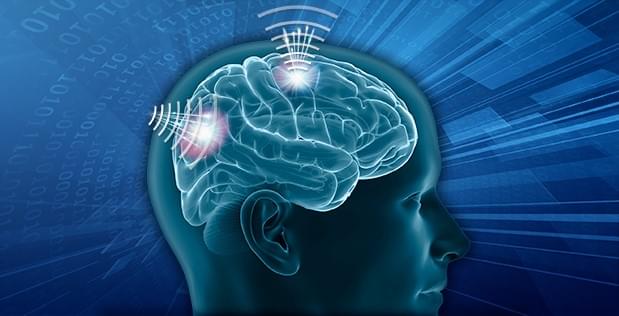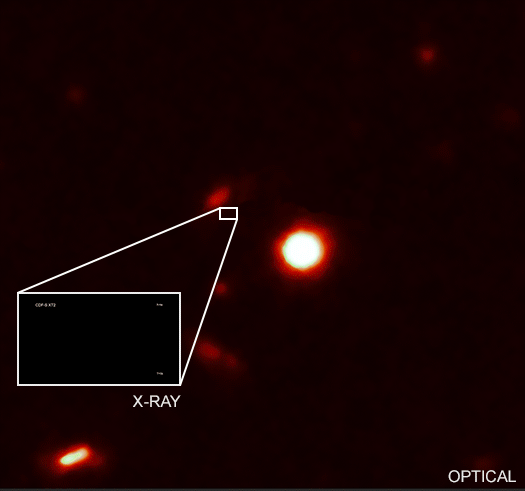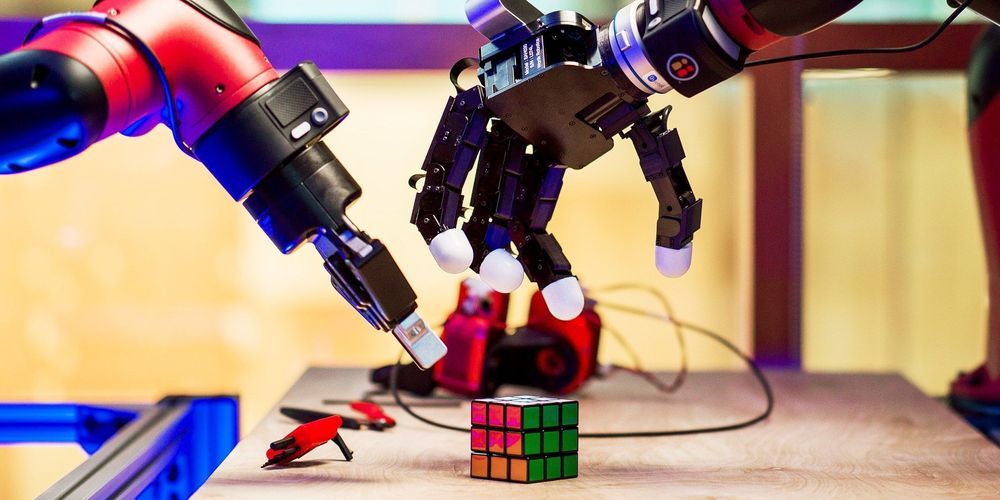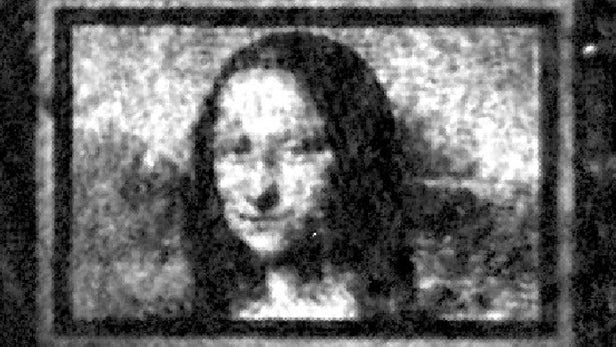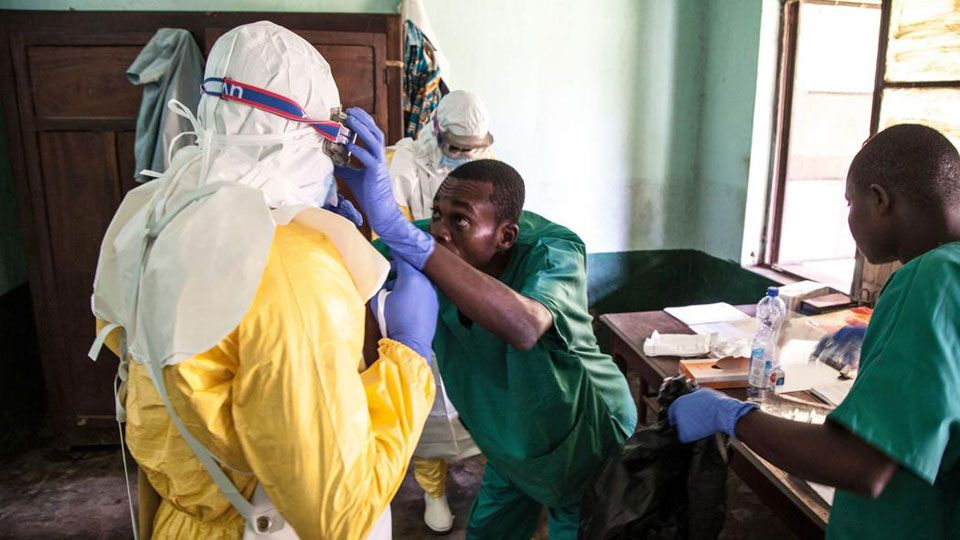Page 8810
May 21, 2019
A Chip in My Hand Unlocks My House. Why Does That Scare People?
Posted by Zoltan Istvan in categories: bioengineering, business, computing, transhumanism
Nearly 50 years ago, The New York Times—widely considered America’s paper of record—changed the media industry by creating the first modern Op-Ed page. Since then, their Opinion section has arguably become the most important voice for many public ideas that enter and change the world. Everyone from Heads of State to the globe’s most powerful business people to Nobel Prize winners to everyday citizens have written there when they had something essential to say about the times we live in. I’m super excited to share my first Op-Ed for The New York Times on #biohacking and the growing concern of legalizing implants. It’s a happy professional day for me, and an important step forward for the growing #transhumanism movement as we begin to enter mainstream culture.
Implant technology can change the world — unless politicians give in to the hysteria against it.
May 21, 2019
Six Paths to the Nonsurgical Future of Brain-Machine Interfaces
Posted by Paul Battista in categories: biotech/medical, cybercrime/malcode, cyborgs, robotics/AI, wearables
DARPA has awarded funding to six organizations to support the Next-Generation Nonsurgical Neurotechnology (N) program, first announced in March 2018. Battelle Memorial Institute, Carnegie Mellon University, Johns Hopkins University Applied Physics Laboratory, Palo Alto Research Center (PARC), Rice University, and Teledyne Scientific are leading multidisciplinary teams to develop high-resolution, bidirectional brain-machine interfaces for use by able-bodied service members. These wearable interfaces could ultimately enable diverse national security applications such as control of active cyber defense systems and swarms of unmanned aerial vehicles, or teaming with computer systems to multitask during complex missions.
“DARPA is preparing for a future in which a combination of unmanned systems, artificial intelligence, and cyber operations may cause conflicts to play out on timelines that are too short for humans to effectively manage with current technology alone,” said Al Emondi, the N program manager. “By creating a more accessible brain-machine interface that doesn’t require surgery to use, DARPA could deliver tools that allow mission commanders to remain meaningfully involved in dynamic operations that unfold at rapid speed.”
Over the past 18 years, DARPA has demonstrated increasingly sophisticated neurotechnologies that rely on surgically implanted electrodes to interface with the central or peripheral nervous systems. The agency has demonstrated achievements such as neural control of prosthetic limbs and restoration of the sense of touch to the users of those limbs, relief of otherwise intractable neuropsychiatric illnesses such as depression, and improvement of memory formation and recall. Due to the inherent risks of surgery, these technologies have so far been limited to use by volunteers with clinical need.
May 21, 2019
Optical device decomposes a beam into a Cartesian grid of identical Gaussian spots
Posted by Genevieve Klien in categories: biotech/medical, internet
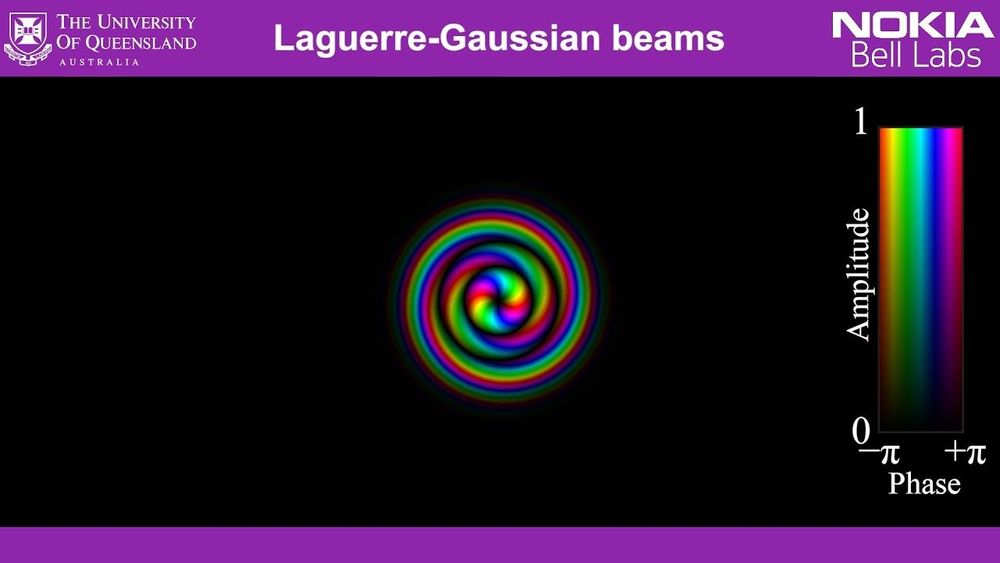
A research team has developed a light beam device that could lead to faster internet, clearer images of space and more detailed medical imaging.
University of Queensland researcher and optical engineer Dr. Joel Carpenter worked with Nokia Bell Labs to build the device to tackle the challenge of splitting light into the shapes it is made up of, known as modes.
May 21, 2019
Chandra Discovers New Signal for Neutron Star Collision
Posted by Genevieve Klien in category: space
- A neutron star merger without an observed gamma-ray burst has been discovered using NASA’s Chandra X-ray Observatory.
- This result gives astronomers another way to track down neutron star mergers as well new information about their interiors.
- This source, called XT2, is located in the Chandra Deep Field-South, the deepest X-ray image ever obtained.
- By studying how XT2 changed in X-ray brightness, astronomers were able to identify it as two neutron stars that merged into a larger one.
These images show the location of an event, discovered by NASA’s Chandra X-ray Observatory, that likely signals the merger of two neutron stars. A bright burst of X-rays in this source, dubbed XT2, could give astronomers fresh insight into how neutron stars — dense stellar objects packed mainly with neutrons — are built.
XT2 is located in a galaxy about 6.6 billion light years from Earth. The source is located in the Chandra Deep Field South (CDF-S), a small patch of sky in the Fornax constellation. The CDF-S is the deepest X-ray image ever taken, containing almost 12 weeks of Chandra observing time. The wider field of view shows an optical image from the Hubble Space Telescope of a portion of the CDF-S field, while the inset shows a Chandra image focusing only on XT2. The location of XT2, which was not detected in optical images, is shown by the rectangle, and its host galaxy is the small, oval-shaped object located slightly to the upper left.
May 21, 2019
Inside Facebook’s New Robotics Lab, Where AI and Machines Friend One Another
Posted by Genevieve Klien in category: robotics/AI
The social network has a plan to merge the worlds of artificial intelligence and real-world machines, so that both may grow more powerful.
May 21, 2019
Schrödinger’s Art: Spooky physics paints microscopic artworks on “quantum canvas”
Posted by Genevieve Klien in category: quantum physics
Researchers at the University of Queensland (UQ) have produced what may very well be the first pieces of art made using non-classical matter. The team has reproduced famous artworks like the Mona Lisa and Starry Night on a “quantum canvas” as small as a human hair, by projecting light onto Bose-Einstein condensates (BECs).
May 21, 2019
Amazon’s system for tracking its warehouse workers can automatically fire them
Posted by Shane Hinshaw in categories: futurism, robotics/AI
A world where people are monitored and supervised by machines isn’t confined to the realms of sci-fi. It’s here now.
Tough conditions: There have been many reports over recent years about unpleasant conditions workers face at Amazon warehouses. Employees are under pressure to pack hundreds of boxes per hour, and face being fired if they aren’t fast enough.
What’s new: Documents obtained by The Verge show that it’s far more common for people to be fired due to lack of productivity than outsiders realize. Roughly 300 people were fired at a single facility between August 2017 and September 2018 for that reason. And crucially, the documents show that much of the firing process is automated.
Continue reading “Amazon’s system for tracking its warehouse workers can automatically fire them” »
May 21, 2019
The Inventor: Out for Blood in Silicon Valley (2019) | Official Trailer | HBO
Posted by Derick Lee in categories: biotech/medical, education
![]()
From Academy Award-winning director Alex Gibney comes a documentary about the rise and fall of Theranos, the one-time multibillion-dollar healthcare company founded by Elizabeth Holmes. Premieres March 18 on HBO.
May 20, 2019
Ebola confirmed in a city of more than 1 million in Congo
Posted by Quinn Sena in categories: biotech/medical, health
JOHANNESBURG (AP) — The global health community gulped Thursday with the announcement that a case of Ebola had been confirmed in a city of more than 1 million in Congo, bringing the latest outbreak of the often deadly hemorrhagic fever out of remote rural areas. “Confirmation of urban #Ebola in #DRC is a game changer in this outbreak – the challenge just got much much tougher,” the World Health Organization’s emergencies chief, Dr. Peter Salama, said on Twitter. Here’s a look at the outbreak.
What is Ebola?
Ebola is a virus that without preventive measures can spread quickly between people and is fatal in up to 90 percent of cases. The symptoms include fever, vomiting, diarrhea, muscle pain and at times internal and external bleeding. Symptoms can start to occur between two and 21 days from infection, according to WHO.
Continue reading “Ebola confirmed in a city of more than 1 million in Congo” »

